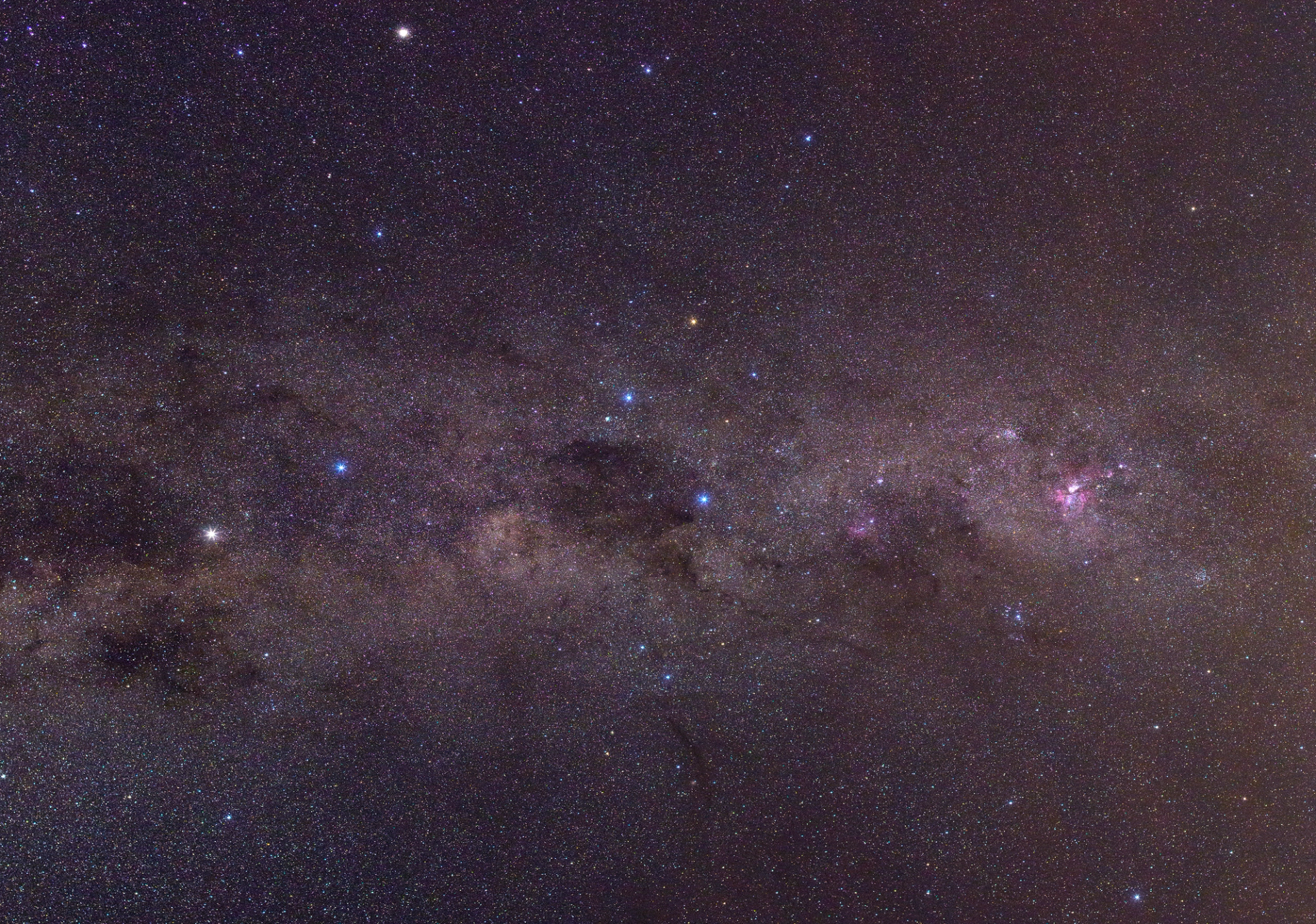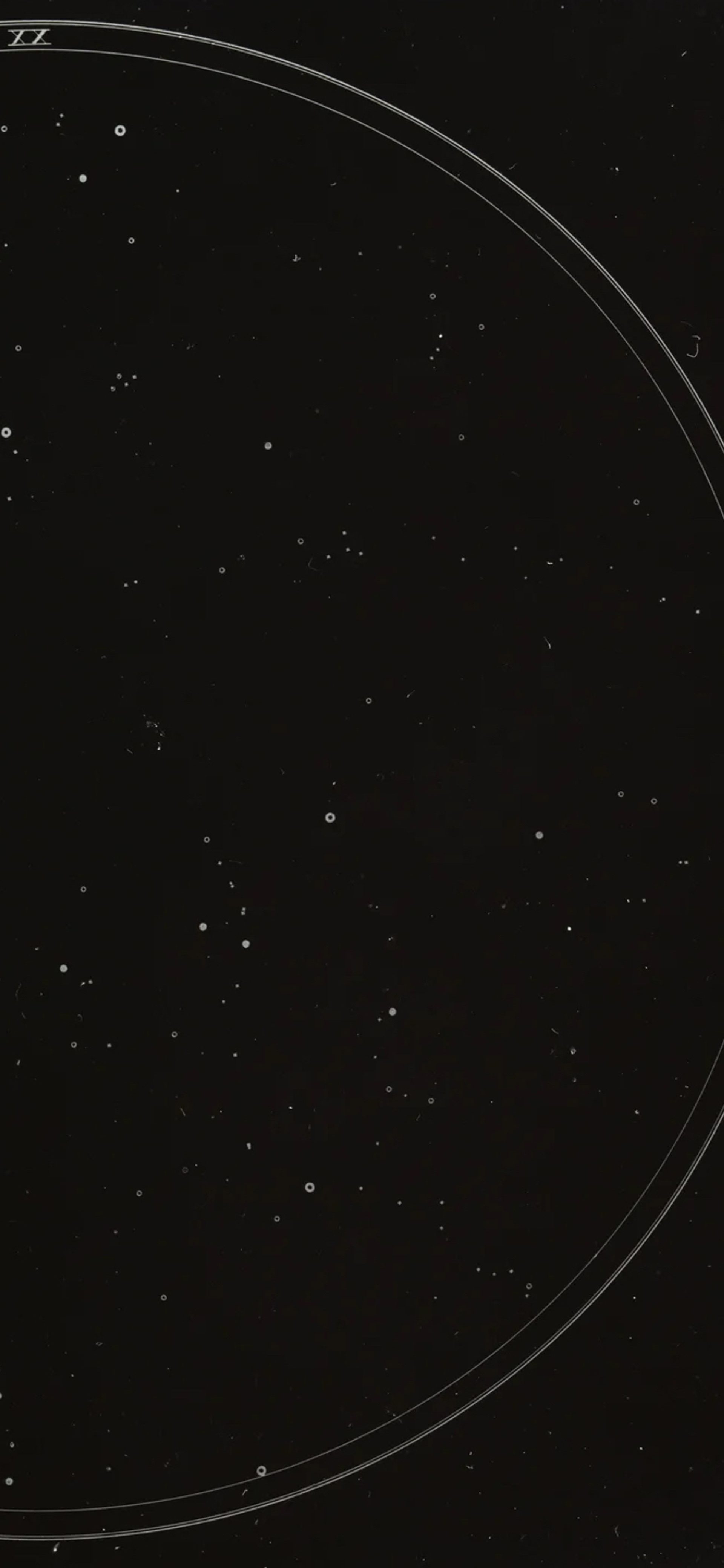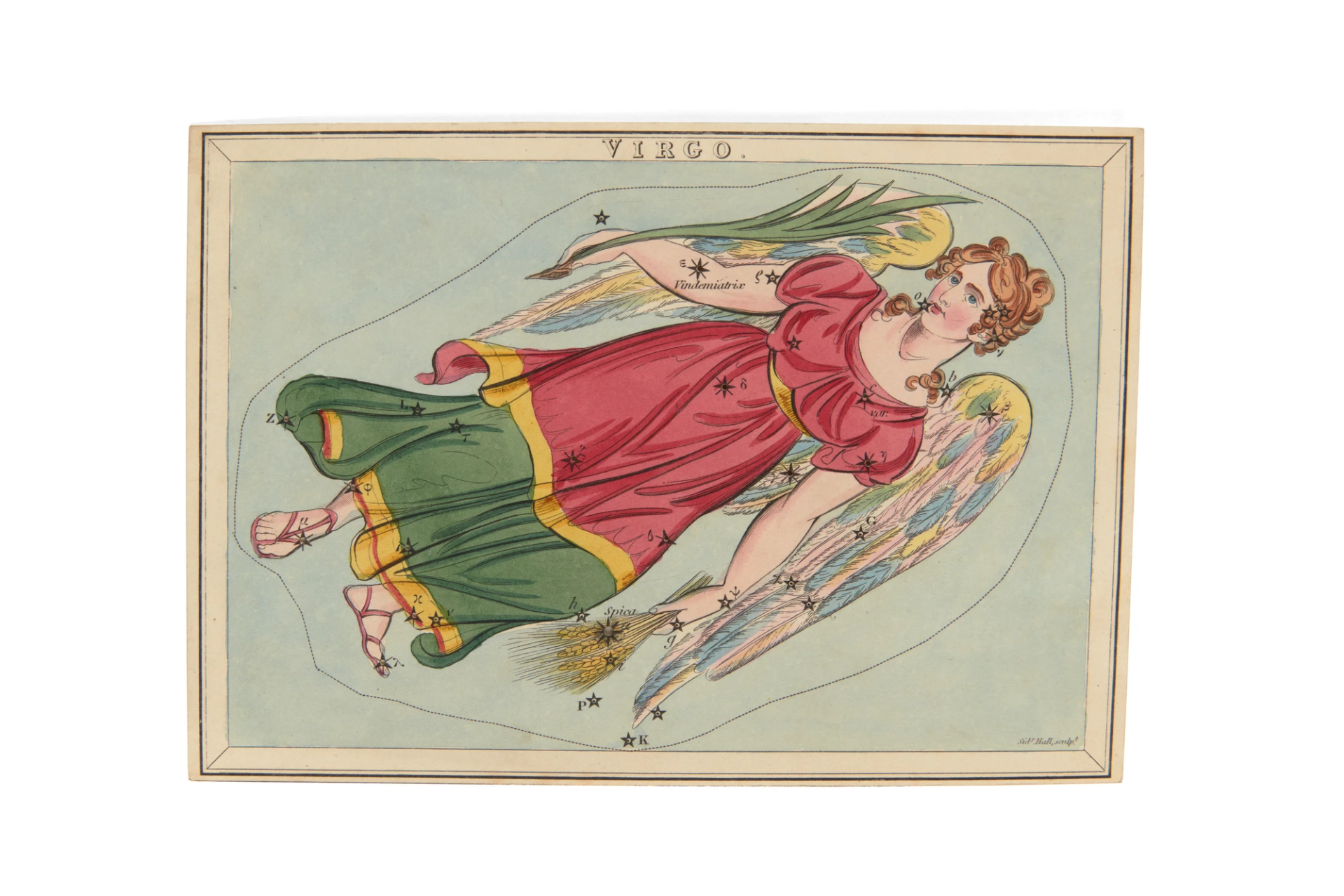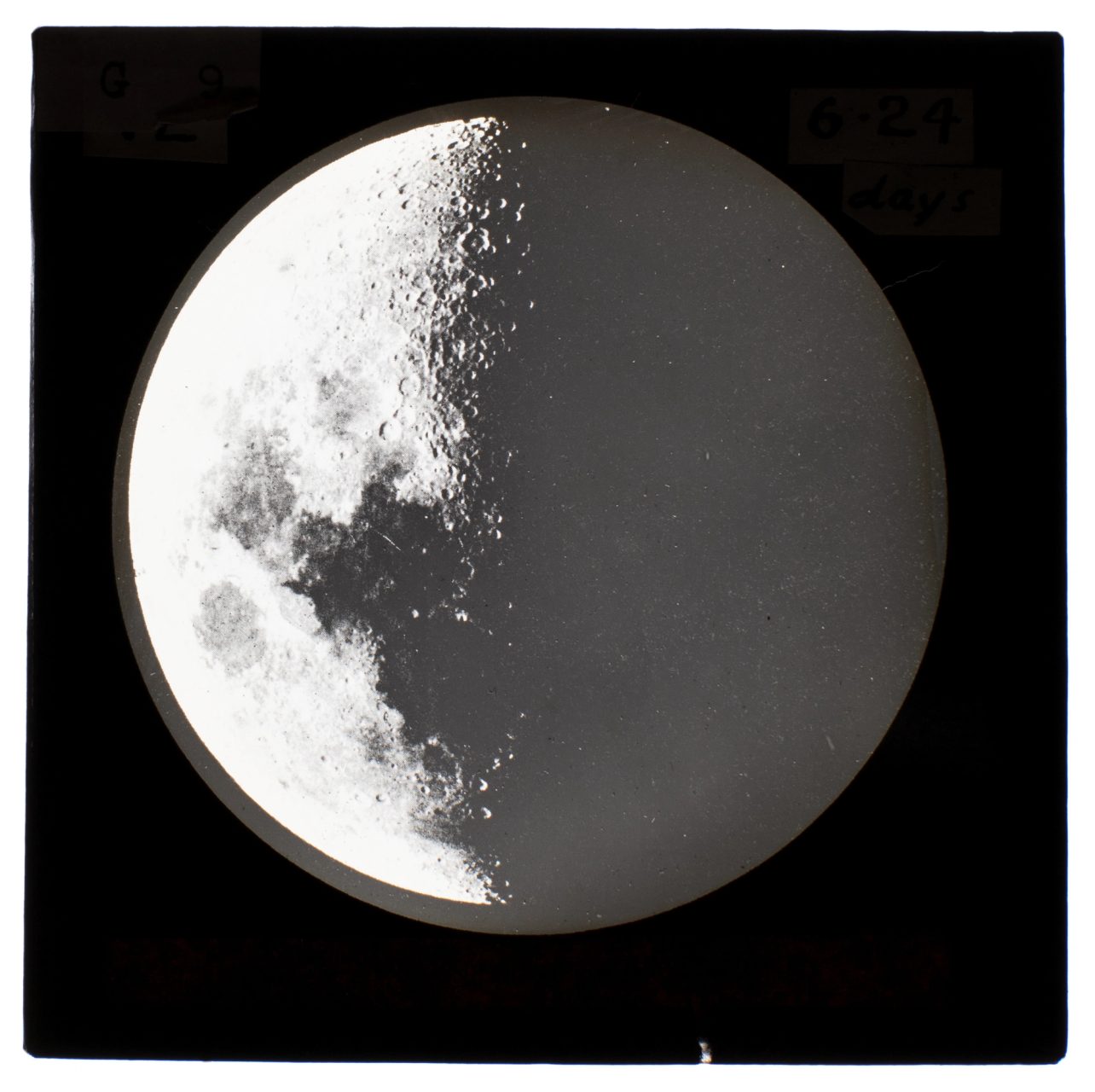Sky Guide September 2023

‘The warmer nights of spring give everyone the chance to enjoy the sky before the late sunsets of summer and daylight saving. Find a dark location with a clear view, away from lights, make yourself comfortable, look up to admire the beauty of our galaxy and beyond. ’
Contellations
For millennia the sky has been divided into groups, or constellations, that have been used as tools to share significant cultural stories, calendrical events and as positional markers. Today, the 88 Western constellations that trace their roots to the ancient Middle East are used to help astronomers map the sky and search for astronomical objects. In September these constellations dominate the sky.
Virgo the maiden, very low in the west is the second-largest constellation in the sky and one of the two in which the ecliptic, (path of the Sun, Moon and planets) and the celestial equator cross. This crossing marks the current position of the spring equinox for those in the Southern Hemisphere. Virgo is home to a cluster of galaxies of which M87 is the largest at about54 million light-years with a central black hole more than 6billion times the mass of the Sun. Virgo’s brightest star, the 16th brightest in the night sky, Spica, a spectroscopic double star, is about 250 light-years away. The primary of the pair is about 7 times the diameter of the Sun and 11 times more massive, making it a prime candidate to one day explode as a Type II supernova. The hot surface temperature of both at between 20,000 to 25,000 kelvins makes them appear blue-white in colour.
Scorpius higher in the western sky, with its hooked tail and red supergiant Antares as the heart, the constellation is easily seen to look like its namesake. In Greek mythology, the scorpion plays a role in many stories, however it is best known for its pursuit of Orion through the night sky.
Sagittarius also known as the Archer, can be found 15° to the east of Scorpius’s stinger and directly overhead an hour or so after sunset. In Greek mythology, the archer is a centaur, pointing his arrow towards the heart of Scorpius. The centre of our Milky Way galaxy appears in this constellation at about 26,000 light-years and is home to a 4 million solar-mass black hole called Sagittarius-A-Star (Sag A*).
Capricornus the Sea Goat is often associated with the Greek god of nature, Pan. He transformed his lower half into a fish to swim to safety during an attack on Jupiter by Typhon. Halfway through the transformation he played a loud note on his conch shell which distracted Typhon long enough for Jupiter to strike him down with thunderbolts. As a reward, Jupiter placed him in the sky as he was, half-goat, half-fish. It is a faint constellation and looks more like a partially collapsed triangle. It has no easily seen deep sky objects other than the globular cluster M30, about 27,000 light-years away. It is the smallest and second-faintest constellation of the zodiac.
Aquarius the Water Carrier is high in the eastern sky. It is described as the Trojan youth Ganymede (now also the name given to the largest moon in the Solar System) who was carried by the eagle Aquila, which can also be seen high in the north, to Mt Olympus to serve water to the Greek gods. It has two globular clusters and two planetary nebulae that can be seen with a moderate telescope but only from a dark location, NGC 7009 the Saturn Nebula, and NGC 7293 the Helix Nebula, both of which are dead stars. The Helix is the largest planetary nebula in the sky at about 650 light-years.
Crux or the Southern Cross, the smallest constellation, and its nearby pointers of Alpha and Beta Centauri are very low in the south-west in the early evening. To find south, draw an imaginary line from the top of Crux though the bottom and across the sky. Midway between the Pointers draw a line perpendicular to the line that joins them. Where these two long lines intersect is close to the southern celestial pole. From this point drop to the horizon for south.
Planets
Mercury is too close to the Sun to view.
Venus is very bright and low in the north-east ahead of sunrise. It begins the month in Cancer before moving into Leo in the last week of September. On 11 and 12 September it will be close to the waning crescent Moon. Through a small telescope it will look like a thin crescent showing 21%.
Mars in Virgo is moving towards conjunction (directly on the other side of the Sun) in November. Its distance of about 380 million km from us dims its red hues to that of a rather average star making it hard to find. On 16 September the young crescent Moon will be close to Mars very low in the west after sunset.
Jupiter spends most of the month in Aries rising about 9:40pm. On 5 September it will be close to the gibbous Moon. A small telescope should be able to resolve its four large Moons and two equatorial belts when it rises to at least 30°(clenched fist and one open hand span) above the eastern horizon.
Saturn is in the east in Aquarius all month. By 8:00pm it will be nicely placed for viewing with a modest telescope revealing its spectacular system of rings. The waxing gibbous Moon is below and to the east on 28 September, the day before full Moon.
Moon
Last quarter – Thursday 7 September at 8:21am
New Moon – Friday 15 September at 11:40am
First quarter – Saturday 23 September at 5:32am
Full Moon – Friday 29 September at 7:57pm
Equinox
The spring equinox, when the Sun crosses the celestial equator from the northern to the southern sky, occurs on 23 September at 4:50pm AEST. On this day, the Sun rises due east and sets due west. The length of day and night is almost equal but not quite.

Deep sky
Explore the universe through the lens of your telescope and take in some of the gems of the September night sky.
Vega in the north–half the age but twice the size of the Sun, it is located about 25 light-years away. It was the first star, after the Sun, to be photographed through a telescope and have its rainbow of light (spectrum) to be recorded. It was the north polar star about 12,000 BCE and shall be again about the year 13,727.
Achernar rising in the southeast it is a hot blue star and is possibly the least spherical star in our galaxy. Roughly 7 times the size of the Sun, its equatorial diameter is about 56% more than its polar diameter because of the rapid spin at about250km/s, or 15 times faster than the Sun.
The Jewel Box (NGC4755) is about 7600 light years away low in the southwest, within Crux.The open star cluster of about 100 stars contains blue and red (DU Crucis) super giants. Widely considered to be the second-prettiest open cluster after the Pleiades, M45.
Alpha Centauri star system low in the southwest astar system consisting of three stars, Alpha Centauri A, Alpha Centauri B and the closest star to our Sun, Proxima Centauri at 4.2 light-years away. Proxima Centauri is a red dwarf star and is only visible through large telescopes. It is believed to be orbiting the two larger stars.
The Milky Way as seen from dark rural locations on a moonless night is perfect at this time of year early in the evening with the centre in Sagittarius high overhead. The faint glow of billions of stars extends from the low south-west across the sky to the north-east. No telescope required and look for the head and neck of the emu in the sky.
47 Tucanae (NGC104) aglobular cluster at about 13,000 light-years away and 13 billion years old. It contains millions of stars and is the second-brightest globular cluster in the sky. Located in the constellation of the Toucan, it is rising in the south-south-east. Its compact core makes it the most easily seen globular cluster even from towns and cities on moonless nights.
Magellanic clouds the smaller cloud at 201,000 light years is low in the south-south-east in the early evening but only visible from dark locations on a moonless night. It looks like part of the Milky Way has detached and drifted away. It is a separate galaxy about 7 billion times the mass of the Sun. It was perhaps a barred spiral galaxy in the past before being disrupted by the gravitational pull of the Milky Way. The larger, closer cloud is low in the early evening and best seen after midnight in the south-south-east. It is a spectacular object as seen from a dark location and home to one of the largest star-making clouds in the local group of galaxies, the Tarantula Nebula, NGC2070 at about 160,000 light-years.


















